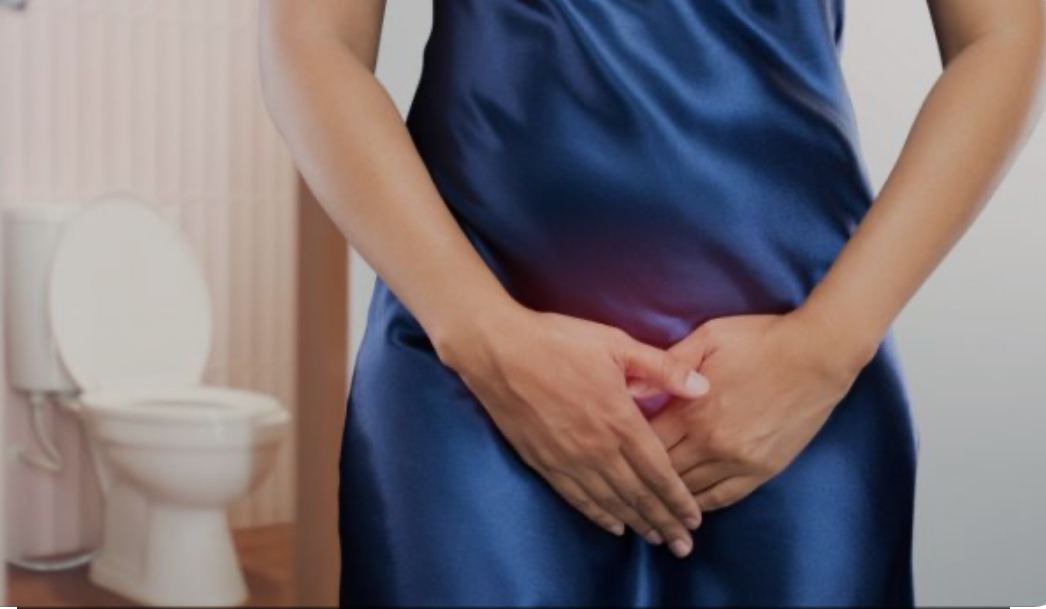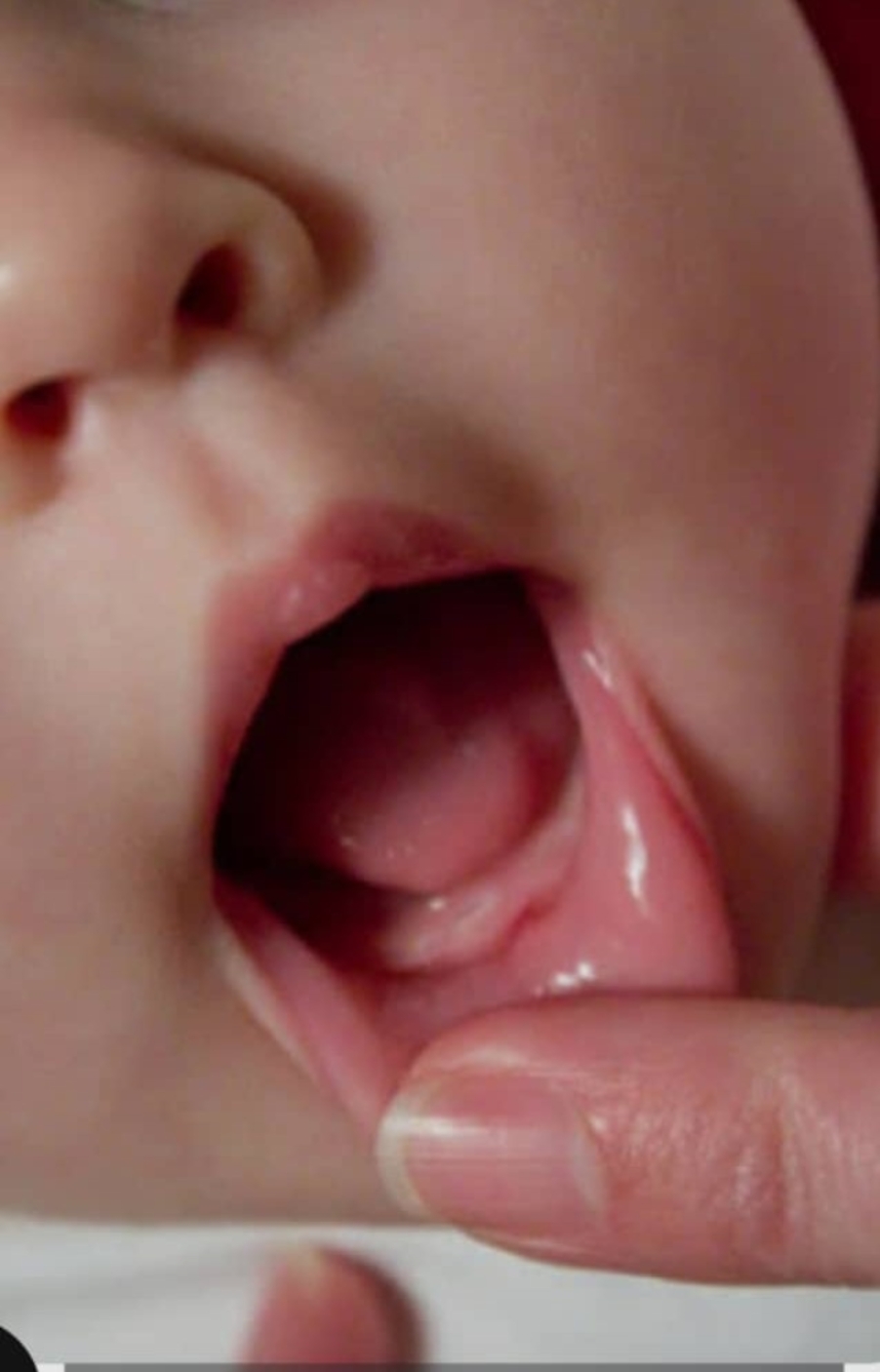Urinary incontinence In women

Urinary incontinence is a common health issue among women significantly impacting their daily quality of life. Dr. Abdelaty Elmannaee a urology consultant explains in this report the causes of urinary incontinence available treatment methods and the best ways to prevent it emphasizing the importance of raising awareness on this sensitive topic to reduce women’s suffering and enhance their health.
What is Urinary Incontinence?
Dr. Al-Mannaee defines urinary incontinence as “the inability to control urine flow leading to involuntary leakage whether during laughing coughing sneezing during intercourse or even with minimal effort.” He points out that this disorder is especially common among women who have experienced childbirth particularly natural birth or are in menopause. It is also more common in cases of obesity.
Causes of Urinary Incontinence in Women
Dr. Abdel Aty Al-Manai explains that several factors can lead to urinary incontinence including:
•Hormonal changes: With age and menopause estrogen levels decrease which affects and weakens the bladder tissues.
•Childbirth: “The process of natural childbirth may stretch the muscles surrounding the bladder weakening its ability to retain urine effectively explains Dr. Al-Manai.
•Weight gain: Al-Manai adds, “Weight gain adds additional pressure on the bladder and pelvic muscles increasing the likelihood of urine leakage.
•Certain diseases: Chronic illnesses such as diabetes and neurological disorders affect bladder control due to their impact on the nerves associated with the bladder.
Types of Urinary Incontinence
Dr. Al-Manai explains that urinary incontinence is divided into several types including:
•Stress incontinence: Occurs when laughing, coughing or lifting heavy objects.
•Urge incontinence: The person feels a sudden intense urge to urinate and may not reach the bathroom in time.
•Mixed incontinence: A combination of stress and urge incontinence and one of the most common types.
Treatment
Dr. Al-Manai emphasizes that treatment depends on the type and cause of incontinence and outlines several treatment options as follows:
•Behavioral therapy and exercises: Al-Manai advises starting with exercises targeting pelvic muscle strength such as Kegel exercises explaining that “these exercises help strengthen the muscles around the bladder and aid in controlling urine leakage.
•Medication: “Certain medications can help reduce bladder contractions, especially in cases of urge incontinence adds Dr. Al-Manai. He notes that only a doctor can determine the appropriate type and dosage based on the patient’s condition.
•Surgical intervention: In cases where medication or exercises do not work surgical solutions may be necessary. Dr. Al-Manai explains, “Surgery aims to lift the bladder or strengthen the surrounding muscles which effectively reduces urine leakage.
•Laser treatment: Dr. Al-Manai mentions that “laser treatment has become a modern technique used for treating urinary incontinence as it helps strengthen the tissues surrounding the bladder.”
Prevention of Urinary Incontinence
Dr. Al-Manai emphasizes that prevention plays a significant role in reducing the chances of urinary incontinence and offers the following advice:
•Maintain a healthy weight: Reducing weight decreases pressure on the bladder and lowers the risk of incontinence.
•Avoid irritant drinks: Dr. Al-Manai recommends avoiding caffeine and carbonated drinks that irritate the bladder and increase the urge to urinate.
•Exercise regularly: He points to the importance of pelvic exercises, such as Kegel exercises which help strengthen muscles and prevent their weakening over time.
•Avoid constipation: Dr. Al-Manai explains that chronic constipation increases pressure on the bladder and affects urinary control.
Conclusion
Dr. Abdel Aty Al-Manai concludes by emphasizing the importance of consulting a specialist if any symptoms of urinary incontinence appear, stressing that “early intervention helps prevent the problem from worsening and improves the patient’s quality of life.” He also calls for increased awareness on this topic and encourages women to discuss their health issues without embarrassment to ensure they receive the appropriate treatment and support.














